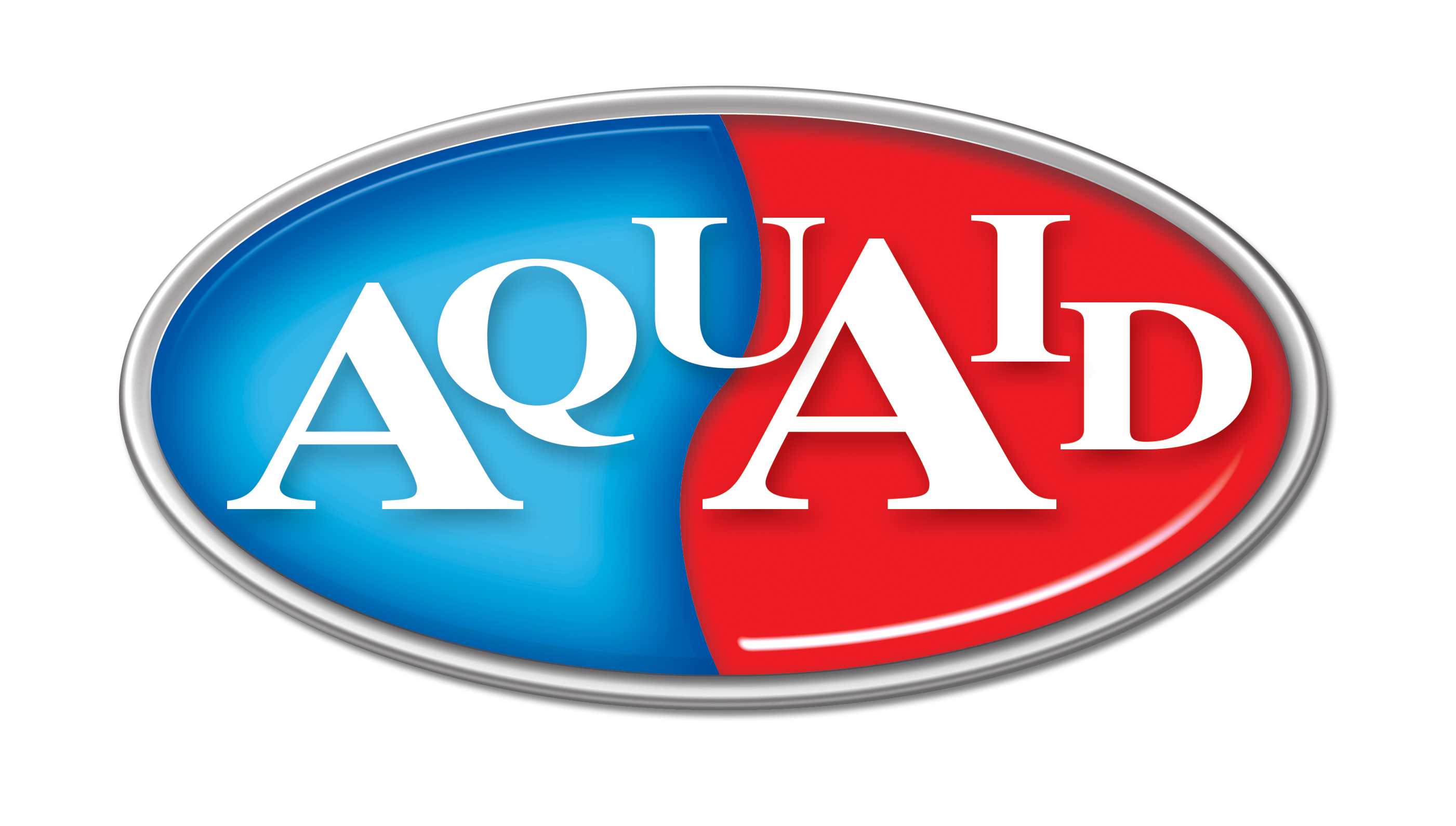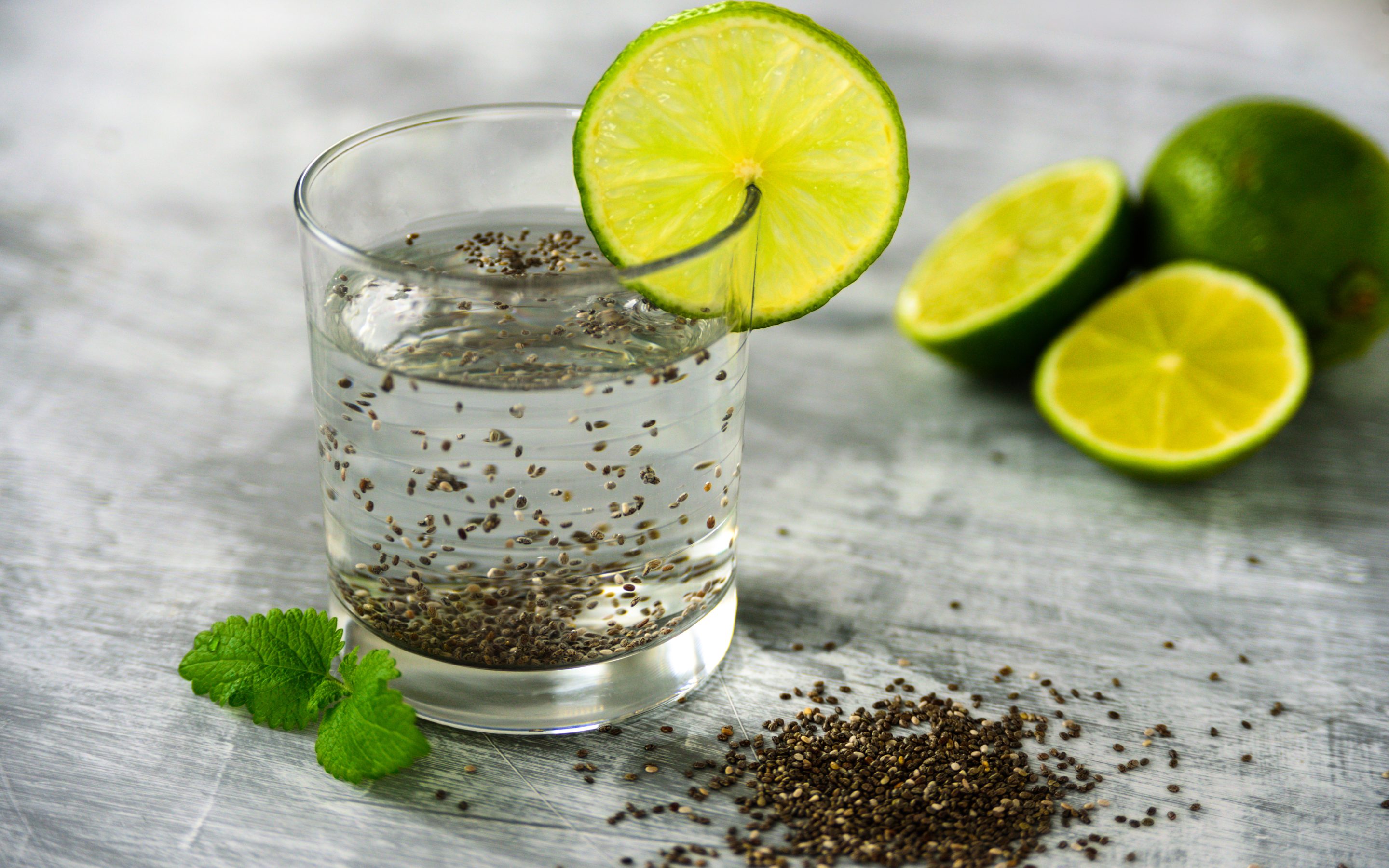
by Fern Shaw | Jul 30, 2025 | Health and Hydration, water cooler, Water Coolers
Staying properly hydrated ensures that all of your bodily functions are … well … functioning. You can only go three days or so without water, and as your body loses its hydration, you will experience all kinds of awful side effects. Dehydration can cause irritability, lethargy, dangerously low blood pressure, rapid heart rate, headaches, shock, and even death.
The average adult can usually maintain proper levels of hydration by drinking enough water. That being said, extreme heat or exertion can be draining on even a healthy adult. Kids and the elderly are more susceptible to extreme dehydration than the average adult … so if you have kids or older adults in your life that are important to you, the tips outlined below can be especially important for them (and for you!)
- Pick the right water.
As a general rule, try to avoid hydrating beverages that have added sugar. In addition to having fewer calories, it’s important to choose hydrating beverages that don’t have sugar in order to prevent spikes in insulin levels. Going into a sugar crash compounded with the already-unpleasant sensation of dehydration is not the way to go. Plus, if you happen to be sick with diarrhoea during a hot summer day, sugary beverages can actually worsen your symptoms.
- Snack on the right foods.
Fresh veggies and fruits are good snacks this time of year, and not just for dieters. Fresh produce has a very high water content, so it’s a great way to hydrate without having to drink a ton of water. For example, an apple is up to 85% of water by volume.
Pickles (and pickle juice) are higher in electrolytes than beverages like Liquid Power or Powerade, and have been shown to reduce cramping cause by exertion in high temperatures. The acetic acid in pickles and pickle juice are considered superior to the citric acid found in commercial sports drinks, at least when it comes to rehydration properties.
Another food you should add into your diet when staying properly hydrated is a concern are chia seeds. In addition to being high in protein, the seeds themselves help you to retain water by absorbing many times their own weight in water. If you can’t find the actual seeds, you may be able to find a chia seed gel at runner’s/sporting goods or health food shops.
- Drink constantly, not occasionally.
You should be constantly drinking fluids, rather than guzzling multiple litres of water all at once.
Another way to explain this (in a rather radical comparison) is when you go to the hospital and get an IV drip, it’s a DRIP … meaning that you get a slow but steady introduction of fluids. You never see anyone getting an IV drip at the speed of a gushing fire hose.
It is better to have frequent, small amounts of fluid … especially if the dehydration is severe. Too many fluids at once can induce stomach upset or vomiting.
The amount of water you need in a given day depends on the environment, your activity level, and what other food and drink you have consumed.
Break up that amount of water into a cup or so every hour, and you’ll have a good, healthy intake of water. Drinking too much water in a very short period of time can put too much strain on your eliminatory processes, so finding the right balance is important.
- Avoid diuretic behaviours.
Don’t do anything that you know will dehydrate you. In addition to exercise, also watch out for alcohol and caffeine. You might feel groggy when you get to the office … avoid your usual The Hulk sized mugs of coffee and go for a large glass of water. You might be surprised at how much more effectively the water perks you up.
- Make it easy on yourself.
It’s hard to stay hydrated when you don’t have water nearby. At the office it should be easier – and practically impossible to avoid if you have a water cooler on the premises.
If you don’t, speak to the powers-that-be and ask them to drop AquAid a line, so that you get your water cooler tout suite.
Chia!
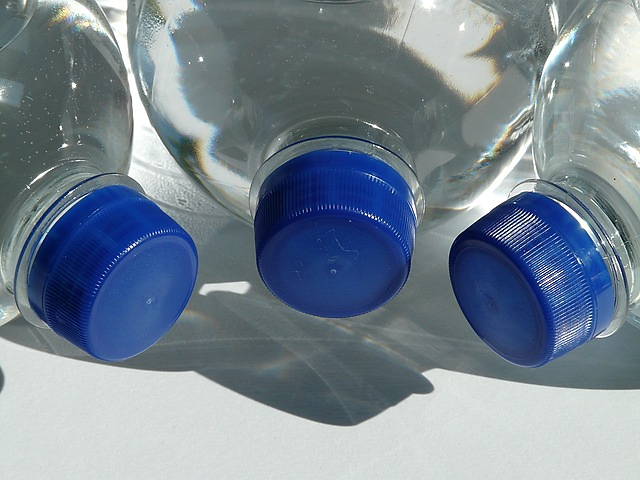
by Fern Shaw | Jan 25, 2017 | Health and Hydration, Water
I know we keep on at you, dear hallowed visitor of the blog, about how important it is to keep hydrated and it can get a bit much, but, here’s the thing – it IS important. As in possibly the most important thing that keeps your wonderful self alive and operational, not to mention functioning, lucid, thinking, your organs doing what they need to do, your skin all plumped up and your eyes shiny berry clear.
Here are some fast facts just to give you an indication of how true my mention of your organs needing water to function is:
- Your brain is 75% water.
- Blood is 92% water.
- Your bones are 22% water.
- Your muscles (or musskills as my family call them) are 75% water.
See? I wasn’t kidding when I said how crucial keeping hydrated is!
Adverse effects from not drinking enough water include digestive, skin, bladder and kidney problems, fatigue, and even headaches. We need water as much as the air we breathe in! Keeping your body hydrated is not a joke.
Did you know that dehydration actually sets in just before you start feeling thirsty? Sipping water throughout the day is the best way to handle it. Always have a bottle or a glass of water handy. If you’re not a morning person, having two glasses of water right after you wake up will boost up your blood pressure to normal levels, and it’s way healthier than having your first coffee on an empty stomach. This I can personally attest to – I’m the antithesis of a morning person, but I started with 2 glasses of warm-ish water in the mornings when I wake up and I’ve stuck with it. I’ve since noticed a marked difference in my energy levels – not huge – but marked, if I don’t start the day drinking water.
Many of us believe that merely drinking fluids like sweetened juices, cool drinks or tea will hydrate you as well as water does. This is not true. It’s actually the opposite. To deal with the excess sugar and salt you are taking in your body wastes immense amounts of precious water just to clean it out from your system. And if you love your coffee, make sure to drink one extra glass of water for every cup you have.
Drinking water regularly speeds up your metabolism and makes you feel more ‘full’. You will eat less once you start drinking more! It’s the safest and healthiest way to lose weight. Drink up!
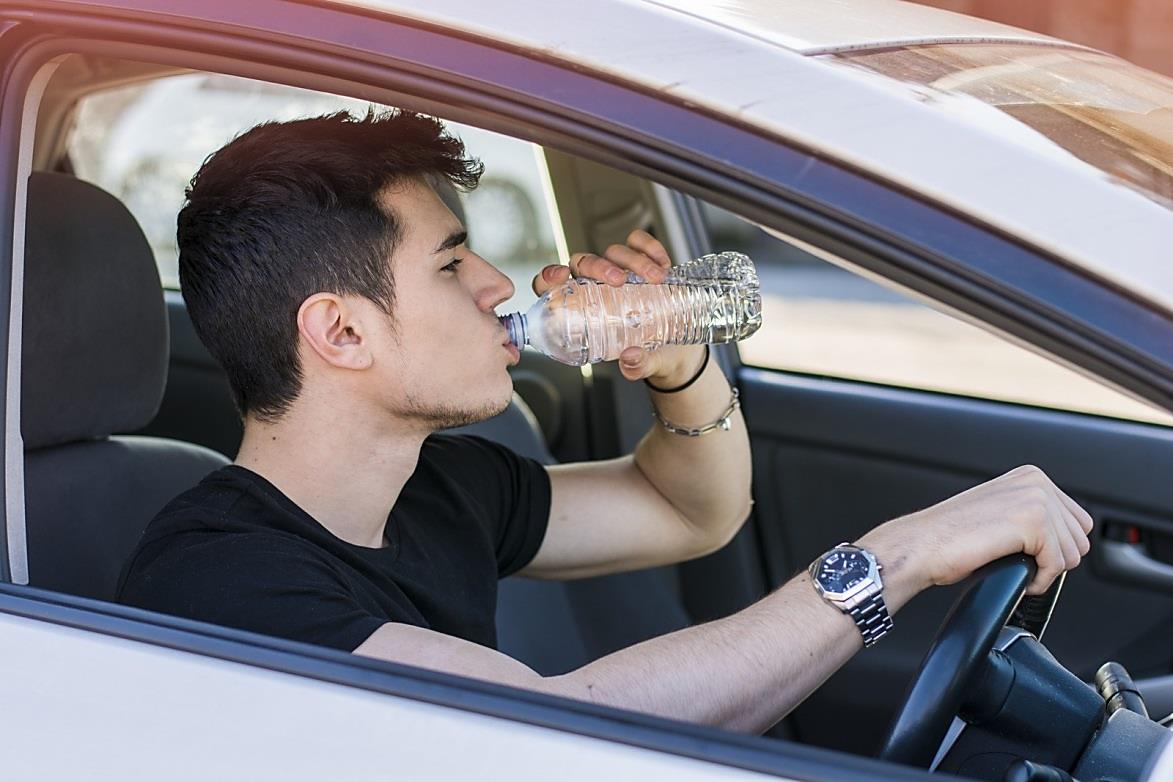
by Fern Shaw | Mar 11, 2016 | Health and Hydration
As I’m typing this, I’m literally looking (through?) a glass of water waiting for inspiration to strike.
Rather funny, that, considering what the topic of this blog’s about. Have you guessed yet?
*eyes slide back to the glass of water*
*ponder* *ruminate*
*again, eyes go back to the glass of water*
Did you guess? Did you? Did you? Perhaps the title gave it away?
I like the fact that some ways down the line speaking about the benefits of drinking water (and believe you me, when you drink water from one of our water products, the benefits are manifold), I continue to learn something new. Isn’t that marvellous? I happen to think it is!
As an example, whereas I’ve covered the length and breadth and depth of hydration; hydration vs. dehydration; how much water to drink; when to drink it; where to drink it; hydration for children; hydration for adult type people; hydration for our elders; etcetera, etcetera. and aside from a mention involving a possible karmic slight accident when driving, I’ve never really been aware or made mention about how vitally important it is that a person driving a car, lorry, any road use vehicle, needs to be sufficiently hydrated in order to operate a vehicle safely.
A driver being hydrated is a thing? Surely not!
Yes, absolutely, driver hydration is a thing. It’s such a thing that there have been definitive studies conducted that establish how vitally important it is for road users to ensure that they keep hydrated while driving.
Why is this?
- Well, as an example, results from these studies have shown that dehydration can occur as easily as having a 1% drop in ydration levels.
- It’s also been proven that a dehydrated driver’s abilities can be as impaired as that of a drunk driver, which in itself is pretty frightening.
- Moreover, the research found that mildly dehydrated drivers are almost twice as likely to make errors on the road when compared with well-hydrated drivers, with dehydrated drivers being more likely to both swerve between lanes and brake late, two of the key causes of vehicle accidents.
As always when I’m learning something, I find information like this fascinating. I’m now more aware of my responsibilities when driving and hopefully, after having read this, now you know too. So, drink up and make sure that your next road trip is a happy and hydrated one, keeping yourself and other road users safe on our roads.

by Fern Shaw | Feb 29, 2016 | Health and Hydration
Two weeks ago I was blathering on about how simple it is to effectively reduce vehicle incidents on the road by instituting driving hydration (and no, this doesn’t mean hydration through drinking your favourite alcoholic tipple and then roaring off down the M1). I tacked the article onto the AquAid FB page and was interested to see the great response it received.
I suppose there are a lot (as in millions, not thousands) of us little humanoids that may take their water hydration very seriously, but there’s perhaps one area where we fall short, and that’s when we get on the road and a driving we will go.
There’s always talk about making sure you’ve had enough rest when you’re about to embark on a road trip or that you’ve eaten well (so you don’t faint while driving and so that your body has sufficient fuel (aha!) for the trip); we do carry on (rightly so) that you shouldn’t be drinking the devil drink before or during driving, but on occasion it seems, we don’t attach enough importance to a very simple solution that will keep most of us bright eyed and bushy tailed whilst travelling and that solution *drumrollllll* is making sure that we’re sufficiently hydrated when driving.
The results from a variety of studies have borne this information out to be true. If you drink sufficient water (alongside with all the other recommendations – sufficient rest, sufficient food, not taking any medication that’ll make you drowsy [so, yes, that cold flu stuff you’re glugging back is a definite NO]) you will be safer (and consequently will keep other road users safer) while driving.
So perhaps this trend is not so much a trend (we hope) but just a rather simple and clever way, borne out by research, to keep you and other road users (we salute you all, those that drive for a living) alert and focused while you criss cross the length and breadth of the country, happily driving and hydrated.
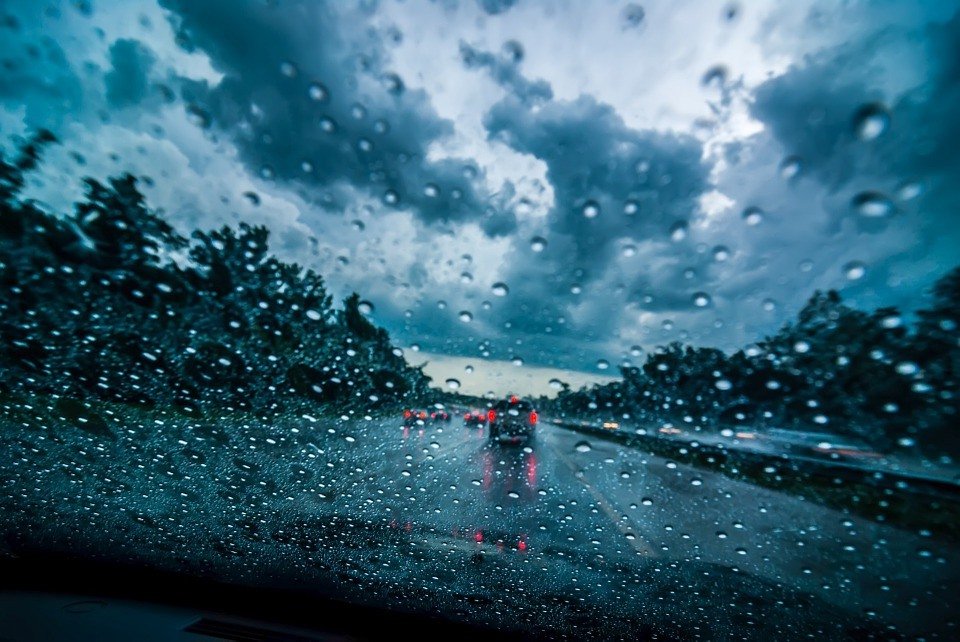
by Fern Shaw | Feb 18, 2016 | Health and Hydration
A while ago I wrote about a slight accident I had while driving a friend’s car, entitled A Funny Thing Happened on the way to the Water Cooler. The blog was all about irony, karma, call it what you will.
I’ve also mentioned day-time fatigue that’s brought on by not drinking sufficient water. You don’t need to take my word for it though, honestly; there are reams and reams of research that clearly indicate the link between performance and hydration.
More recently, I’ve been thinking about the amazing drivers on our roads (said in all seriousness, can you Adam and Eve it) ranging from delivery drivers, cab drivers, bus drivers, and couriers through to emergency services drivers and all of those in-between.
If you think about it, when you’re driving on the road you need to be at your peak, especially if you take extended trips or driving is your job! But in today’s world with more and more vehicles on the road; time being of the essence; working long hours and a number of other contributing factors affecting one’s concentration when driving; it’s not always possible to be fully alert.
But what does keeping hydrated have to do with safe(r) driving, if anything?
Well, extensive research into driving and hydration for one has shown through studies there’s a marked difference in driving performance between a hydrated and dehydrated driver.
It’s also been proven how driving and hydration are vital in reducing vehicle incidents. During this study, it became apparent that, ´… mild dehydration is equal to a 1% drop in hydration levels, the level at which the sensation of thirst is experienced. Previous studies have shown that more severe dehydration reduces cognitive performance even further, thus potentially resulting in an even higher amount of driver errors. GP studies show that up to 60% of the workforce going to work remain dehydrated throughout their working day.’
Food (or water) for thought, methinks. Perhaps it’s a good idea to ensure that you remember to drink enough water prior to setting out on the road, and not just while you’re at home, in the office, or perambulating along. Toot, toot!

by Fern Shaw | Jan 21, 2016 | Health and Hydration
Did anyone attend any Hogmanay events this year? I missed it but I heard they were marvellous! A few ancient Hogmanay traditions still to be found are:
- Redding the House – Like the annual spring cleaning in some communities, or the ritual cleaning of the kitchen for Passover, families traditionally did a major clean-up to ready the house for the New Year. Sweeping out the fireplace was very important and there was a skill in reading the ashes, the way some people read tea leaves.
- First Footing – After the stroke of midnight, neighbours visit each other, bearing traditional symbolic gifts such as shortbread or black bun, a kind of fruit cake. The visitor, in turn, is offered a small whisky. The first person to enter a house in the New Year, the first foot, could bring luck for the New Year. The luckiest was a tall, dark and handsome man. The unluckiest was a redhead and the unluckiest of all a red-headed woman, which is a little mean spirited if one thinks of the propensity for redheaded Scots!
- The Singing of Auld Lang Syne – All over the world, people sing Robert Burn’s version of this traditional Scottish air. How it became the New Year’s song is something of a mystery. At Edinburgh’s Hogmanay, people join hands for what is reputed to be the world’s biggest Auld Lang Syne.
- The Saining of the House – This is a very old rural tradition that involved blessing the house and livestock with holy water from a local stream. After the blessing with water, the woman of the house was supposed to go from room to room with a smouldering juniper branch, filling the house with purifying smoke. Once everyone in the household was coughing and choking from the smoke, the windows would be thrown open and reviving drams or two of whisky would be passed around.
- Bonfires and Fire Festivals – Scotland’s fire festivals at Hogmanay and later in January may have pagan or Viking origins. The use of fire to purify and drive away evil spirits is an ancient idea. Fire is at the centre of Hogmanay celebrations in Stonehaven, Comrie and Biggar and has recently become an element in Edinburgh’s Hogmanay celebration.
Hogmanay aside, it’s still a dream of mine to attend the Viking Festival on the island of Shetland. It’s called Up Helly Aa and it refers to any of a variety of fire festivals held annually in the middle of winter to mark the end of the yule season. The festival involves a procession of up to a thousand guizers in Lerwick and considerably lower numbers in the more rural festivals, formed into squads who march through the town or village in a variety of themed costumes.
So if you’d like to extend the New Year’s festivities, why don’t you head up on to Shetland and enjoy the celebration and silliness that marks this festival?

